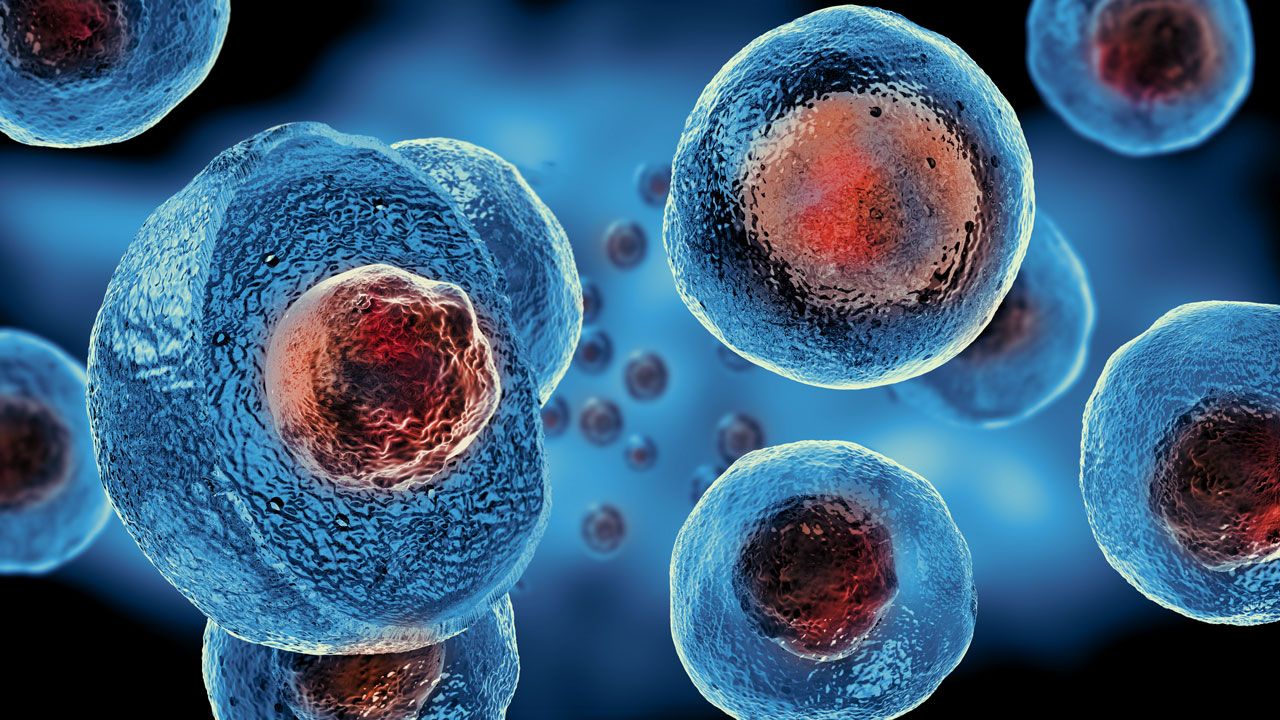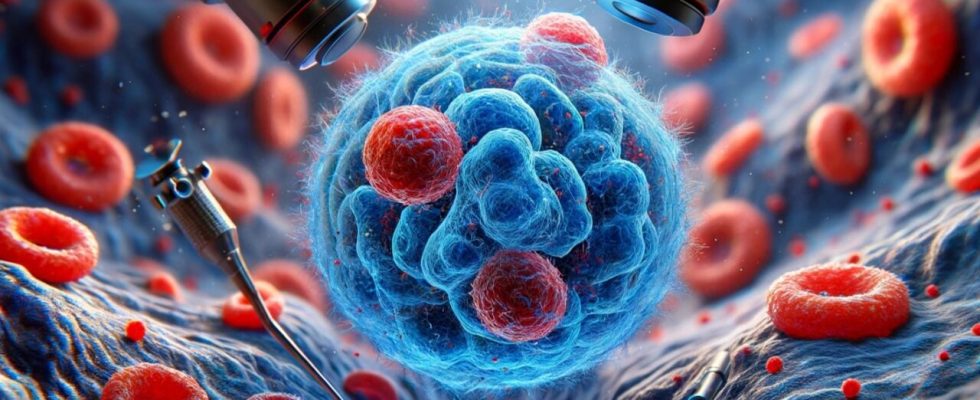Scientists have witnessed a once-in-a-lifetime evolutionary event in which two life forms merged. This event is so rare that, according to scientists, it has not occurred in known history. only twice occurred, and in both cases major evolutionary breakthroughs occurred. Here are the details…
Scientists caught a rare evolutionary event
Approximately 2.2 billion years agowhen such an event occurs mitochondria formed and this paved the way for the formation of all complex life forms. The second evolutionary breakthrough occurred approximately 1.6 billion years ago and resulted in the emergence of more advanced cells. by absorbing cyanobacteria It started the evolutionary journey in plants.
Now scientists say that this unique evolutionary event is happening again and a new evolutionary breakthrough is at the door. Event, Braarudosphaera bigelowii It occurs in a type of algae called cyanobacteria, which contains a cyanobacteria that fixes nitrogen directly from the air.
It’s not yet clear what kind of innovation this evolutionary change will bring, but it suggests that something unprecedented is happening in this class of algae. Researchers with algae UCYN-A They found that the size ratio between bacteria, known as bacteria, was similar across multiple related algae species.
Growth appears to be controlled by nutrient exchange, leading to interconnected metabolisms between bacteria and algae. Researchers say this event is identical to the evolutionary events we’ve seen twice before.

What’s more, the UCYN-A bacterium can only produce half of the proteins it needs and relies on algae to produce the rest. This shows that life forms are evolving from endosymbionts to organelles, implying that eventually these two cell types may combine further.
One possible outcome of this research could provide new ways to produce better crops by incorporating nitrogen-fixing abilities into other plants in similar ways. As scientists continue to study this extraordinary event, they hope to be able to offer new insight into evolutionary processes.
Such findings could lead to groundbreaking applications in genetic engineering and sustainable agriculture. What do you think about this finding? You can write your opinions in the comments section below.

